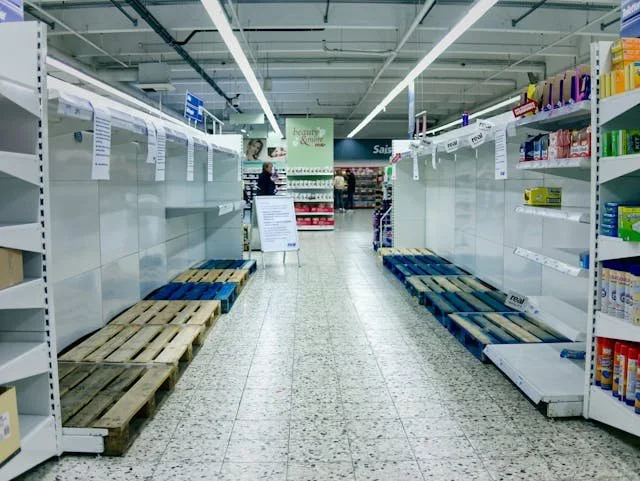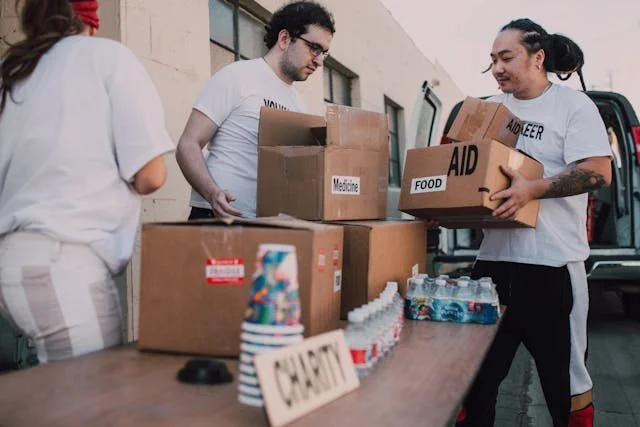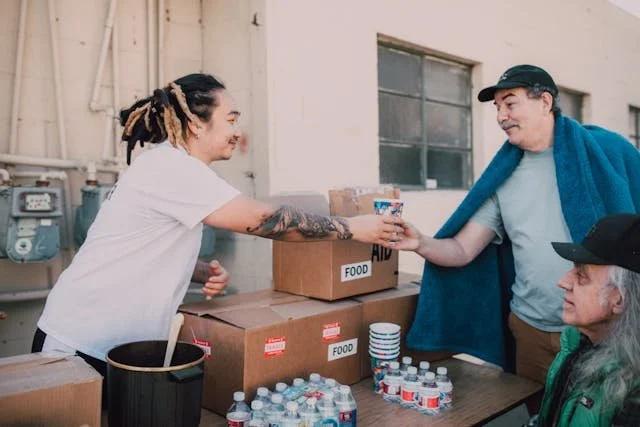When the Safety Net Fails: America’s Looming Food Crisis
The concrete is getting closer. For 42 million Americans, one in eight of us, the safety net that keeps food on the table is about to disappear.
Starting November 1st, the Supplemental Nutrition Assistance Program faces a funding crisis that could leave millions without their monthly food benefits as the federal government shutdown enters its fourth week.
What makes this moment unprecedented is not just the scale. SNAP, dating back to the Great Depression, has never been disrupted this way. But what makes it truly devastating is who it affects: children, seniors, people with disabilities, veterans, and working families already stretched impossibly thin.
This crisis stems from two converging forces. The government shutdown means SNAP’s $8 billion monthly budget has no funding source, while the Trump administration has declined to use available contingency funds totaling approximately $6 billion.
At the same time, legislative changes from earlier this year will push an estimated 2.4 million additional people out of the program over the next decade through stricter work requirements, beginning to take effect this fall. The timing couldn’t be worse, creating a perfect storm just as the holidays approach.
For Shari Jablonowski, a 66-year-old widow outside Pittsburgh, the loss of her disabled nephew’s $291 monthly benefit means choosing between heat and food this winter. “I am very concerned I will not have heat,” she told NPR. It will also ruin Thanksgiving.
Her story represents millions of similar calculations happening in households across America right now, as families prepare for a November without the assistance they’ve counted on.
While federal officials argue over blame, some communities refuse to let their neighbors go hungry. Napa County, California has created a $1 million emergency food program, partnering with the Napa Valley Community Foundation to provide grocery store gift cards for up to two months.
The county declared an emergency to bypass policies against backfilling federal cuts, tapping tobacco settlement funds to help the approximately 10,700 residents who rely on CalFresh. Their model shows what’s possible when local government acts decisively, working with community partners to fill the gaps.
Following their lead, Virginia’s Governor declared a state of emergency to protect 850,000 SNAP recipients, while California deployed National Guard support to food banks.
These responses demonstrate both the severity of the crisis and the determination of some leaders to protect their most vulnerable residents. Yet even these heroic local efforts cannot replace an $8 billion monthly federal program.
Food banks already saw their federal funding cut by $500 million earlier this year and are bracing for demand they simply cannot meet. The mathematics are brutal: local generosity, no matter how extraordinary, cannot substitute for federal infrastructure.
The consequences extend far beyond empty stomachs, rippling through our entire healthcare system. Public health experts warn that “people can die” from even short gaps in nutrition, with immediate declines in dietary quality and nutritional stability.
Research shows that adults in food insecure households are 50% more likely to visit emergency rooms, be hospitalized, and stay hospitalized 50% longer than those with food security. This means hospital emergency rooms will bear the burden of a policy decision, treating preventable crises that adequate nutrition would have avoided.
For children, the impacts compound over time in ways that shape their entire futures. Studies show children’s academic test scores decline toward the end of each month as families’ SNAP benefits run out, disrupting cognition and behavior in the classroom.
Research indicates SNAP participants have $1,400 less in annual medical costs compared to similar nonparticipants, meaning these cuts will drive up healthcare system costs even as they devastate individual health.
The false economy becomes clear: cutting food assistance doesn’t save money. It transfers costs to emergency rooms, schools, and ultimately to a generation of children whose potential we’ve compromised.
One study found that every SNAP dollar invested in children returns $62 in value over their lifetimes through improved health, education, and earnings. We’re not just denying food assistance. We’re making one of the worst investments a nation can make: betting against our own children.
The infrastructure to help exists. Contact your representatives and demand they end the shutdown and protect SNAP funding. Support local food banks through donation or volunteer work. Find your nearest at FeedingAmerica.org. Every action matters when millions of neighbors need help.
For those affected, Bay Area families can access emergency food through Alameda County Community Food Bank (510-635-3663), SF Marin Food Bank (415-282-1900), and Community Action of Napa Valley (707-253-6128).
Check your state’s human services website for local resources.
The safety net exists for a reason. Below it is concrete. We cannot let 42 million Americans fall.
Written by Justine Reichman




